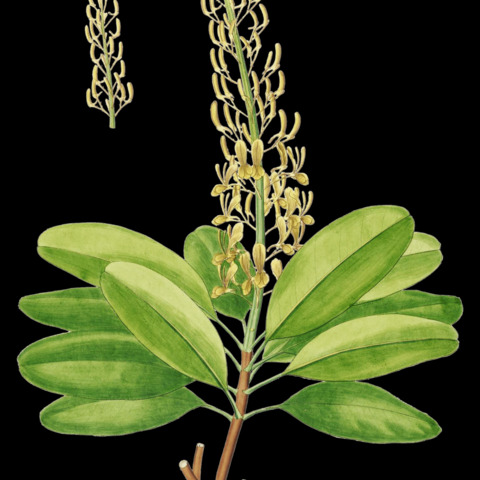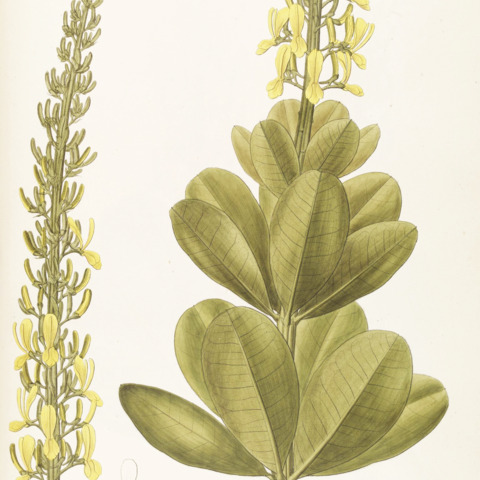Fruit capsular or samaroid; seeds one or more, often winged, sometimes pilose; endosperm absent or rarely present; embryo straight
Leaves opposite or verticillate, rarely alternate, simple; stipules small or absent, or reduced to glands
Stamens hypogynous or perigynous, only 1 fertile; filaments free; anthers 2-celled, opening lengthwise
Sepals 5, imbricate, the posterior often the largest and gibbous or spurred at the base
Flowers hermaphrodite, zygomorphic, racemose or paniculate
Large trees, shrubs or climbers
Petals 1–5, contorted

